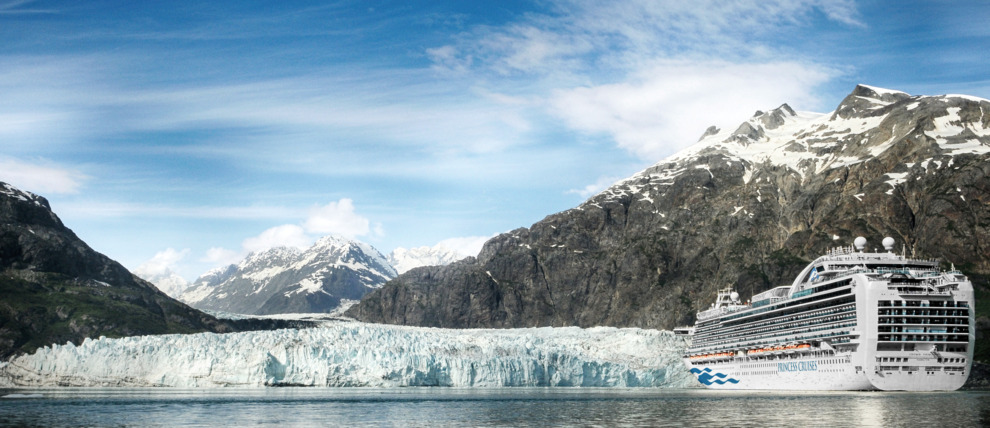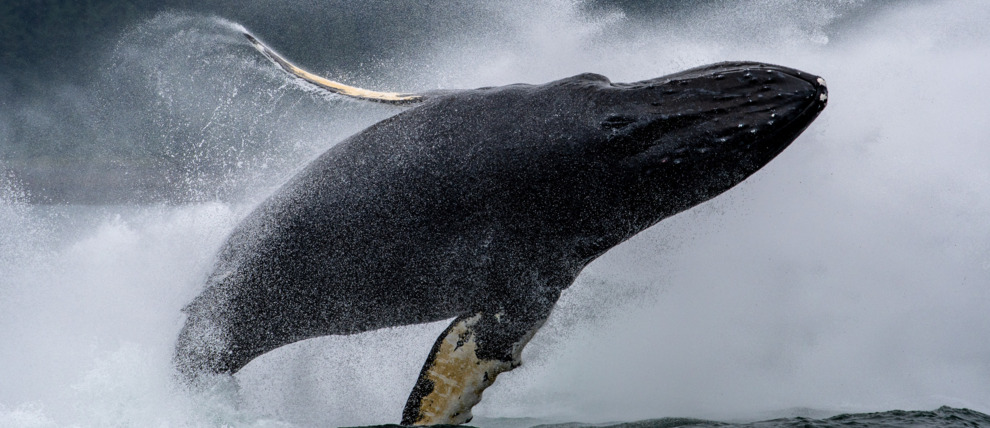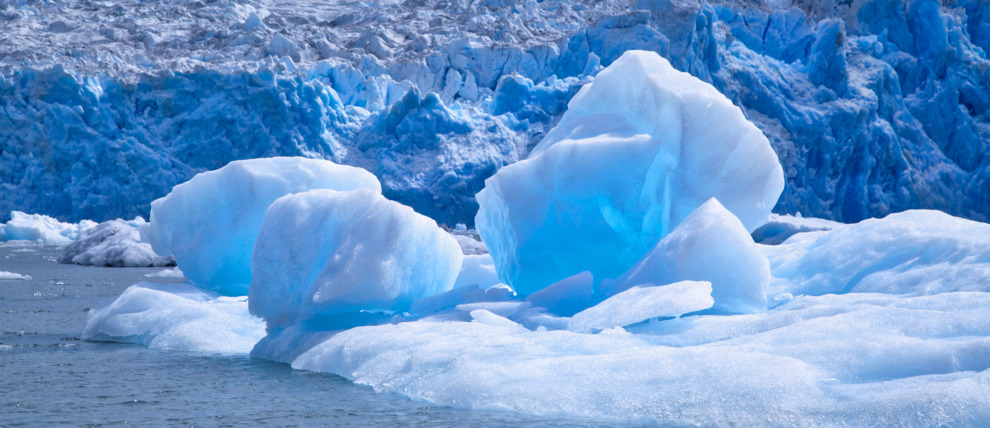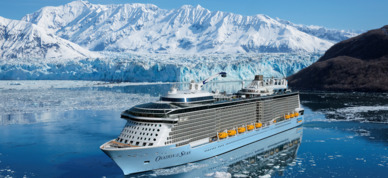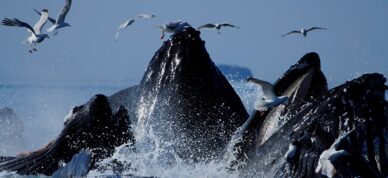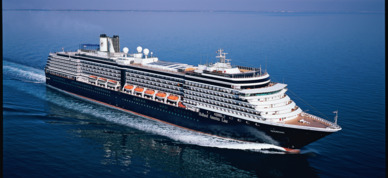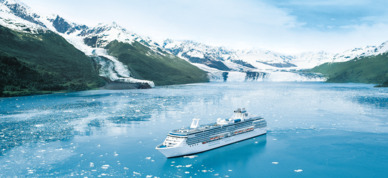Glacier Bay National Park
Just west of Juneau, Glacier Bay National Park's glacial history is stunningly new compared to the rest of southeast Alaska. In the late 1700s, the area was entirely covered in ice thousands of feet thick and miles wide. Around 100 years later, that ice had retreated nearly 50 miles, and in 1915 it had pulled back another 15. This is the fastest rate of glacial change in the known history of the world.
The result is a raw, dynamic landscape. There are huge Sitka spruce and hemlock forests at the mouth of the bay, their undergrowth a carpet of mosses and ferns. Farther back, the environment changes to scoured cliffs, striated rock, and walls of loose sediment. It is also a richly vibrant ecosystem, hosting humpback whales, seabirds, sea lions, harbor porpoises, and terrestrial animals like bears and mountain goats.
What to Do in Glacier Bay National Park
Of the roughly 575,000 annual visitors to Glacier Bay, the vast majority spend just a day sailing through on a cruise ship. For those lucky enough to stay more than a day in the park, there are opportunities to kayak, go out on a day boat, or hike.
Where to Stay in Glacier Bay National Park
Accommodations inside Glacier Bay National Park are limited to the Bartlett Cove Campground and Glacier Bay Lodge. The lodge features 56 guest rooms and a dining room, activities desk, and gift shop. The Glacier Bay National Park Visitor Center is located on the second floor of the main lodge building.
How to Get to Glacier Bay National Park
While there are no roads into the heart of Glacier Bay National Park, there is air service to nearby Gustavus from Juneau, Skagway, and Haines. Ferry service is also available from Juneau. From Gustavus, it is about 10 miles by road to the Glacier Bay Lodge in Bartlett Cove.
